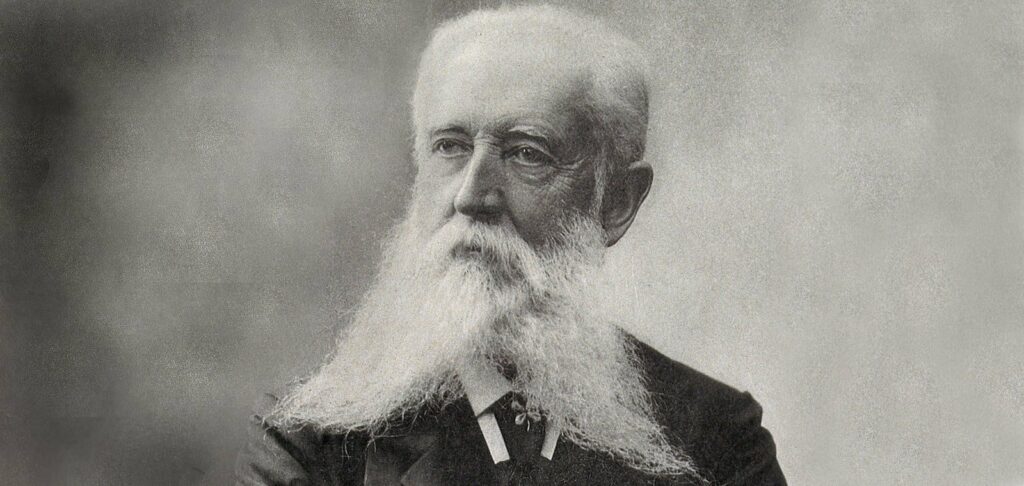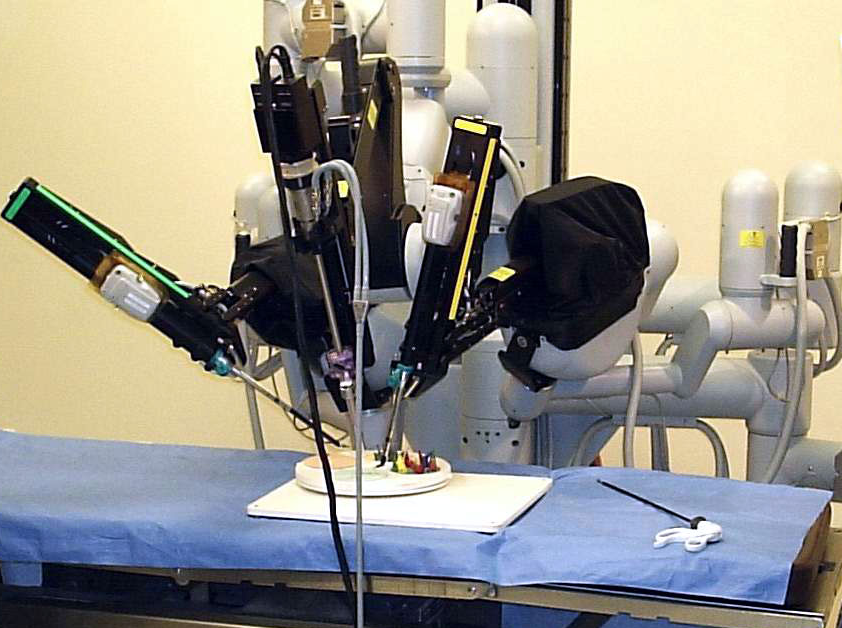
We have the German doctor Friedrich Esmarh to thank for sterility in the operating rooms, the anesthesia mask, the rubber tourniquet and, of course, the enema mug.
A bleeder
Johann Friedrich August von Esmarh was born in 1823. After becoming a surgeon, he did much to facilitate his work and save sufferers from agony and premature death. During the Schleswig-Holstein War, the 23-year-old doctor could not remain indifferent to the fact that almost 50% of the wounded on the battlefield died of blood loss: they did not have time to get to the hospital. And he came up with an idea: you need to quickly clamp the vessels – a simple rubber tube wrapped several times around the arm or leg and fastened. If the bleeding is small, a less traumatic elastic bandage can be used. The paramedics then have another two hours to get the injured person safely to the hospital.
For 130 years, surgeons and nurses have been using the Esmarh tourniquet to stop bleeding, before taking blood from a vein or injecting it. Dr. Esmarh also made sure that the operating rooms and dressings were kept clean: everything that touched the wound must be sterile. Otherwise, despite the surgeon’s best efforts, the patient would die.
Samaritan school
Today, asepsis and antisepsis is an entire science, and Esmarh is honored as one of its founders. His manuals “First Aid in Accidents” and “Manual of Field Surgical Technique” were the desk books of German military doctors of the late 19th and early 20th centuries. In terms of his contribution to military field surgery, Friedrich Esmarh was placed on a par with the great Russian surgeon Nikolai Pirogov.
When Friedrich was taken prisoner during the war, the command decided to rescue the young surgeon by exchanging him for another prisoner. The brave doctor also took part in the Franco-German war of 1887. His vast experience enabled him to organize a Samaritan school in Kiel. Here, for the first time in Germany, emergency care skills were taught. Esmarch’s lectures were so practical and accessible that they were soon translated into many languages, including Russian. Then Samaritan societies appeared in different countries, and in 1896 the International Samaritan Union was founded in Berlin. After training, a Samaritan was given a diploma that obliged him or her to give aid free of charge.
A mask for laughing gas
“Making surgery painless is a dream that will never be realized!” – claimed at the end of the 17th century the famous French surgeon A. Velnaud. Thank God, he was wrong. In 1800, H. Davy discovered that nitrous oxide causes euphoria and has an anesthetic effect on the body. He experienced “laughing gas” when his wisdom teeth erupted: after four inhalations, the unpleasant sensation was replaced by pleasure for a few minutes.
However, the idea did not immediately find support among doctors. The dentist Horace Wells even committed suicide after an embarrassing demonstration of the experience in front of students at Harvard University. Something went wrong, gas went into the audience, the audience cheered wildly, and the patient who had his tooth pulled screamed in pain. But if Horace Wells had put a special mask invented by Esmarh on the patient’s face, the narcotic gas would have gotten only to the patient’s nose and mouth.
A cleanser à la Pompadour
The history of the enema dates back many thousands of years. According to one legend, the inventor of the enema was… the stork, according to another – the ibis. Old beliefs say that birds cured constipation by injecting water into the exit of the intestine with their beaks. People just peeked at it. Papyrus records show that a procedure resembling a modern enema was practiced in Egypt 3,500 years ago. It was later recommended by Hippocrates and Galen for treating fever and maintaining health. In Africa, where Hippocrates had not been heard of, the natives used bamboo tubes and a vessel made from a hollowed-out gourd.
In medieval Europe, enemas, forgotten after the collapse of the ancient world, were reinvented. Gradually, they became as popular as bloodletting because they were believed to clear the mind, improve the mood, promote good luck and delay old age.
There is a story about a court physician giving a clystir to the future King Louis XIII. The prince screamed and fought. The case was only completed after Ludovic was tied up. Relieved, the prince became a lifelong devotee of the enema. The all-powerful Duke Richelieu was not far behind. The enema became fashionable. A luxurious clistir made of porcelain, trimmed with silver and mother-of-pearl, was on the dressing table of the Marquise de Pompadour. Esmarh only had to improve the folk invention, so that the device could be easily washed and disinfected. With the light hand of Ilf and Petrov, Esmarh’s mugs were included in the unforgettable “Twelve Chairs”. The authors humorously described how in the Columbus Theater the orchestra played on bottles, Esmarch mugs and regimental drums. Ostap Bender was pleased.
From the Esmarch mug to the mechanism enema
In the second half of the XX century, the popularity of enemas fell due to the rapid development of pharmacology. However, when it became clear that there is no panacea and is not expected, medicine again turned to natural treatment, and the emergence of new equipment made cleansing effective and safe.
Esmarhopophobes claim that after the procedure the mood improves, there is a burst of vigor. And klystirophobics consider enemas a mockery of the body and categorically reject them: they say that dysbacteriosis and stool disorders are inevitable. The truth, as always, is in the middle. Esmarh’s creation has been used in medical practice for a century and a half. The enemas are diagnostic – they introduce contrast substances into the intestines for X-ray examination, as well as cleansing, loosening, nutritive and medicinal enemas.
Today Esmarh mugs are produced in capacities from 1 to 3 liters, metal and enameled, glass and faience, plastic and rubber, conventional and modernized, with a flexible rubber tube up to 2 meters long and polyethylene tips. One of Kiev scientists has recently developed his own version of a compact enema with a mechanism. It performs the same work as the good old Esmarh mug, but, according to the inventor, less traumatizing to the intestines, because it does not have a rough long tip, causing trepidation not only for kids, but also for impressionable adults. The device simply needs to be pressed in the right place – and through the blunt short tip of a special design, pressurized water with the volume of a glass quickly washes the cavity.
Shutterstock/FOTODOM UKRAINE photos were used



